
-
 General Purpose Gloves - CoatedMaxiFlex® Ultimate™GP34874
General Purpose Gloves - CoatedMaxiFlex® Ultimate™GP34874
-
 Cut Resistant GlovesMaxiFlex® Cut™GP348743
Cut Resistant GlovesMaxiFlex® Cut™GP348743
-
 Safety HelmetsTraverse™HP1491RVM
Safety HelmetsTraverse™HP1491RVM
-
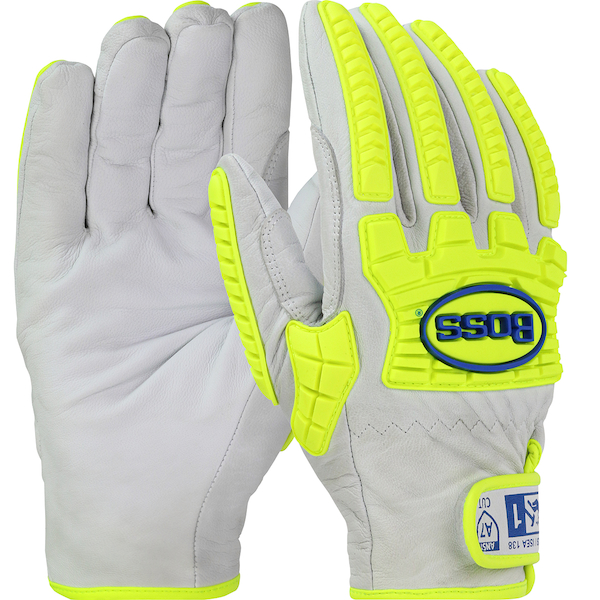 Hi Performance GloveBoss®GP9916
Hi Performance GloveBoss®GP9916
-
 Cut Resistant GlovesMaxiCut® Ultra™GP443745
Cut Resistant GlovesMaxiCut® Ultra™GP443745
-
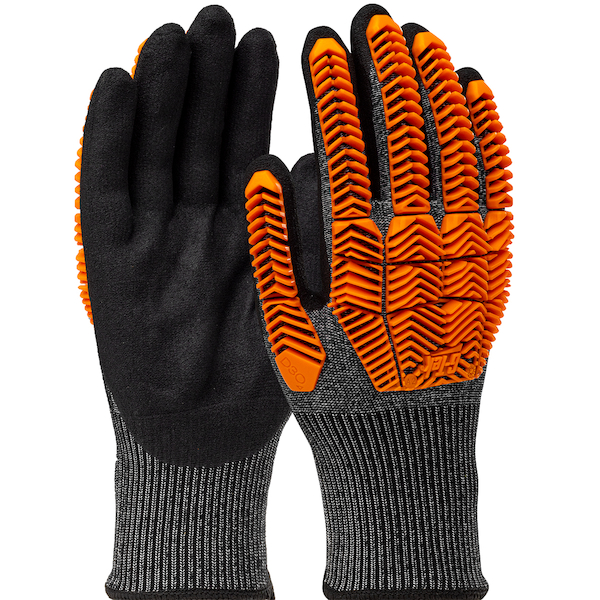 Hi Performance GloveG-Tek® PolyKor®GP16MPT630
Hi Performance GloveG-Tek® PolyKor®GP16MPT630
-
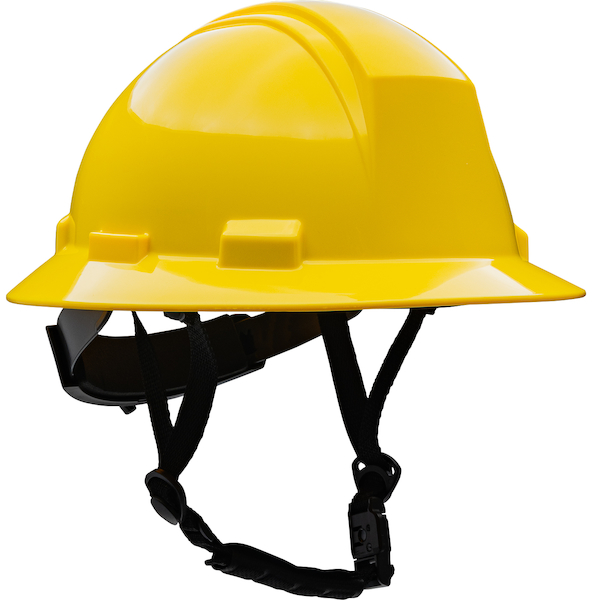 Safety HelmetsKilimanjaro™HP642R-MCH
Safety HelmetsKilimanjaro™HP642R-MCH
-
 Extended Use Disposable GlovesGrippaz™ SkinsGP67246
Extended Use Disposable GlovesGrippaz™ SkinsGP67246
-
 Extended Use Disposable GlovesGrippaz™ EngageGP67307
Extended Use Disposable GlovesGrippaz™ EngageGP67307
-
 Safety HelmetsKilimanjaro™HP642RV-MCH
Safety HelmetsKilimanjaro™HP642RV-MCH
-
 Hard HatsKilimanjaro™HP642R
Hard HatsKilimanjaro™HP642R
-
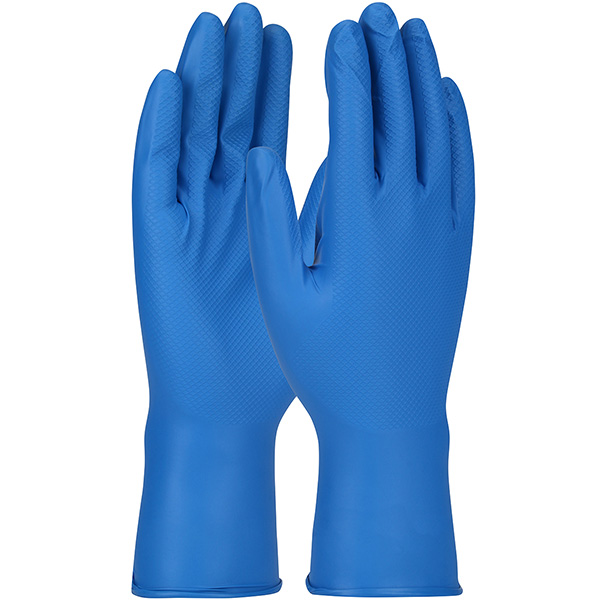 Extended Use Disposable GlovesGrippaz™ Food PlusGP67308
Extended Use Disposable GlovesGrippaz™ Food PlusGP67308





















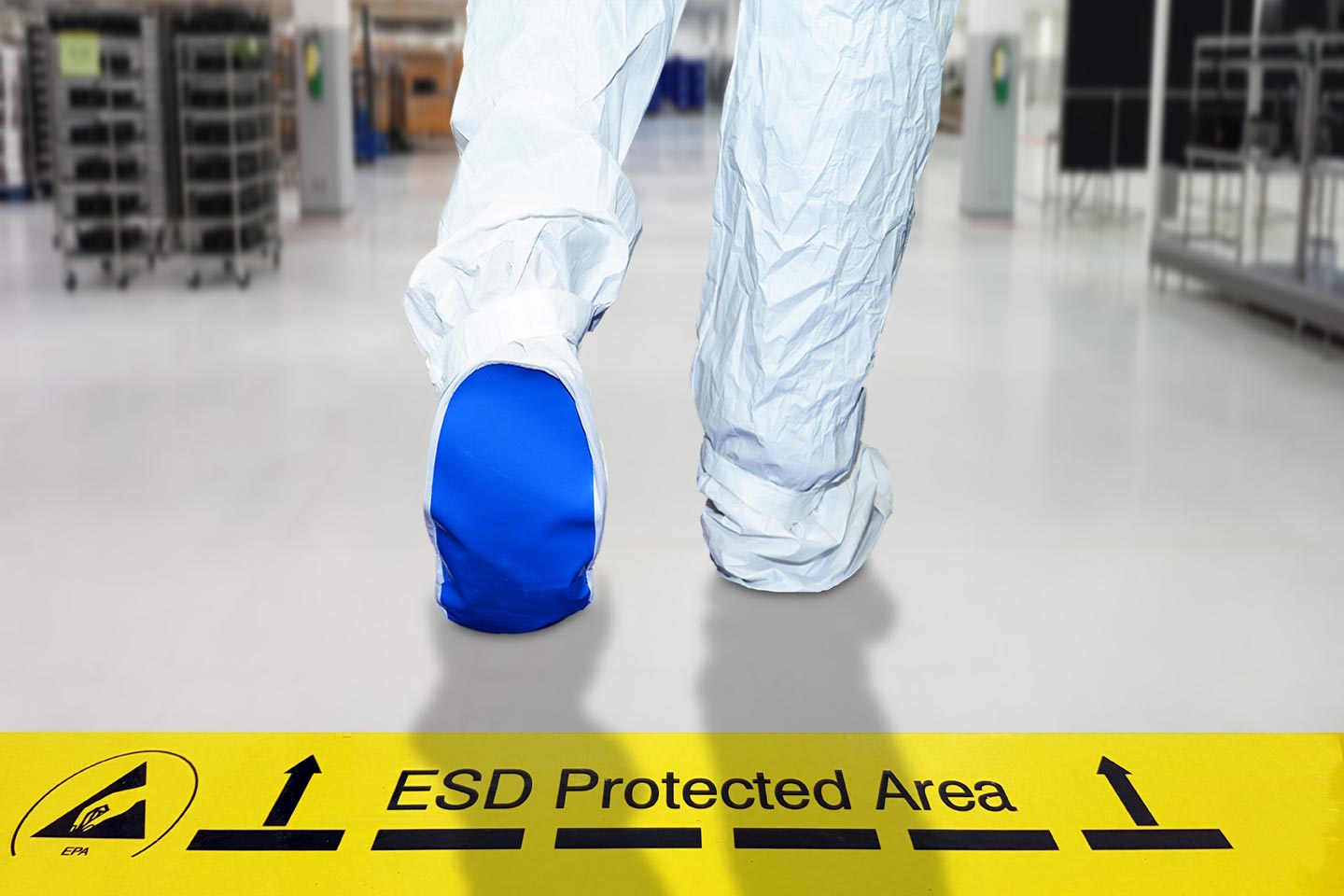
 Effective ESD Safety means going on the offensive because no matter what we do, a built-up static charge will always try to find a way to discharge. That leaves two options: (1) trying to prevent or slow the build-up of static or (2) manipulating an environment so static can discharge safely. These are the steps that ESD professionals take to further develop these concepts into comprehensive ESD Control programs:
Effective ESD Safety means going on the offensive because no matter what we do, a built-up static charge will always try to find a way to discharge. That leaves two options: (1) trying to prevent or slow the build-up of static or (2) manipulating an environment so static can discharge safely. These are the steps that ESD professionals take to further develop these concepts into comprehensive ESD Control programs: Mitigating the risk that humans pose in an ESD environment is evaluated holistically in terms of the working environment. Everything from air quality, relative humidity, walls and flooring – as well as equipment and furniture are considered. Workers are expected to wear ESD safe personal protective gear which may include garments, gloves, footwear and grounding straps with static control properties to ensure the parameters set by the ESD control program are maintained. By using the correct materials to balance static potential and creating grounding paths to prevent the buildup of electric charge, the product is protected.
Mitigating the risk that humans pose in an ESD environment is evaluated holistically in terms of the working environment. Everything from air quality, relative humidity, walls and flooring – as well as equipment and furniture are considered. Workers are expected to wear ESD safe personal protective gear which may include garments, gloves, footwear and grounding straps with static control properties to ensure the parameters set by the ESD control program are maintained. By using the correct materials to balance static potential and creating grounding paths to prevent the buildup of electric charge, the product is protected.




